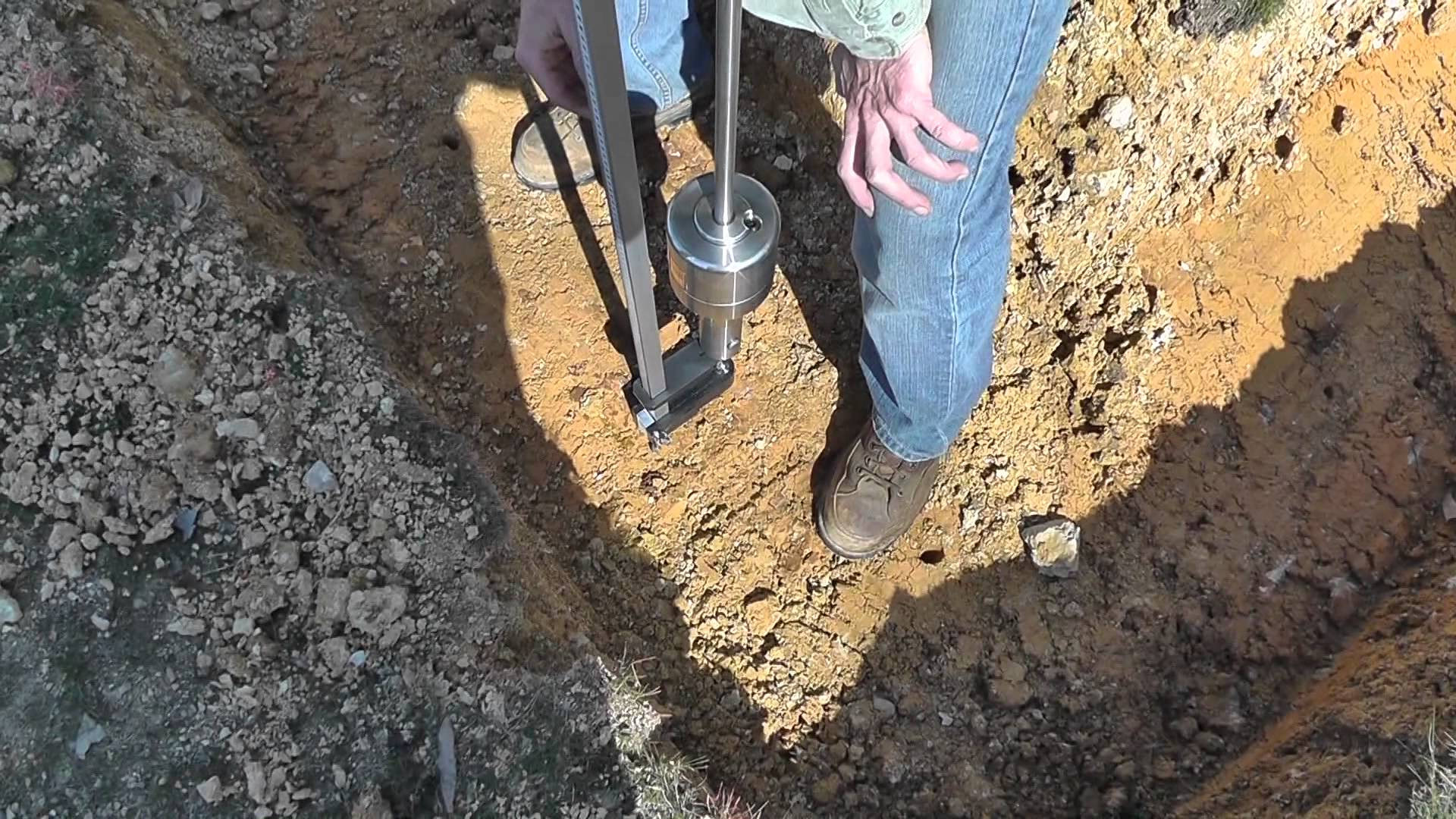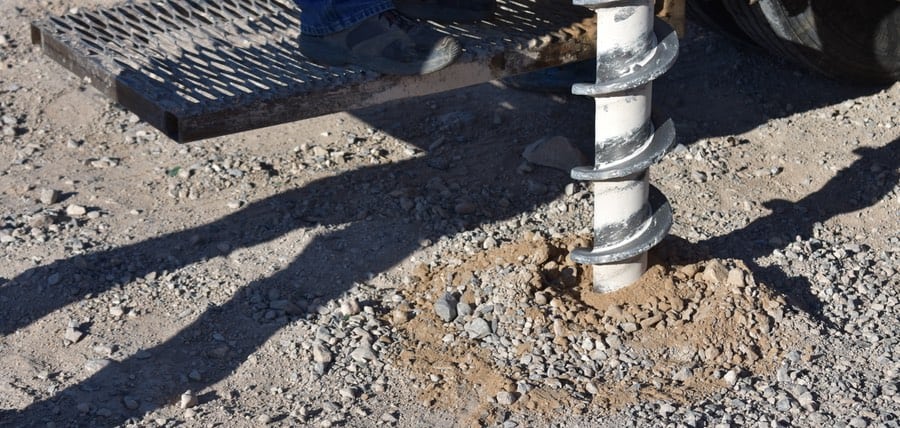As the world of architecture and construction continues to evolve, the importance of MEP (mechanical, electrical, and plumbing) coordination services

Introduction
A soils test report is usually needed to obtain permits for various construction projects. The analysis determines if the subsurface soil conditions are ideal for the project. Also, it determines if the design needs any modifications. This allows the structural engineering team to design the foundation according to the report’s criteria. This ensures the safety of your building and helps you to save on construction costs.
However, soil testing is one of the most overlooked procedures in the planning phase. One reason for this is that most homeowners don’t even know what soil testing is! Also, some people don’t understand its importance in structural design and calculations.
If you’re confused about this procedure as well, worry not! In this article, we’ll tell you all you need to know about a soil testing report.
Soil testing involves analyzing soil samples to determine their compositions. This helps to determine if it’s strong enough to support a foundation. Also, as we stated earlier, it’s an important part of obtaining a construction permit.
Soils that are loose or full of clay cannot support a foundation properly. This, however, doesn’t mean that you can build a house on such soil. Instead, this indicates that you need to provide extra support. You can achieve this by replacing bad soil or using deeper/ wider foundations.
Failing to provide extra foundation support can lead to costly foundation repairs. This is because the foundation may crack/ crumble when the soil expands and contracts. That occurs due to changes in the soil’s moisture level.
A soil analysis report is prepared by a soil/ geotechnical engineer. To become soil engineers, these professionals meet various criteria. This including having a license from their state. You can hire one for your project directly or through your contractor/ architect. If your property, reach out to Innodez Design and Engineering. Our soil engineers are professional licenses and registered through the state.
A soil engineer has extensive knowledge of soil structure composition. They investigate the proposed development site and analyze subsurface and site conditions. After the analysis, they recommend preventive solutions to address soil condition issues. For instance, they can advise on foundation design. Drainage, grading, site remediation, and earth support. Hence saving the property owner from challenges that may arise in the future.
Soil testing also helps the structural engineering team to determine if the soil is weak or strong. Unlike weak soils, strong soils don’t contract/ expand excessively because of moisture. Instead, they have a good density. Therefore, they will not settle or compact after the project is implemented.
It’s also worth noting that engineers analyze the contaminants/ toxins in the soil. This includes substances like; barium, cadmium, lead, copper, and arsenic. Unlike soil contraction and compaction, you cannot overcome soil toxicity. Not to forget that these contaminants harm human health. After completing the soil test report, they give it to the homeowner/ construction team.
Soil engineers come on the site with their equipment and start boring holes to take samples. They can dig shallow holes with hand tools and put the samples in collection jars. However, in some instances, they may be required to boreholes that are about 7 to 10 feet deep. This will allow them to find harder soils/ bedrock and analyze the water table.
In general, soil engineers take about 4 to 8 soil samples. But that may vary from one engineer to another. Besides, more samples ensure that the results and tests are more accurate.

As per the CBC, soil reports are mandatory for subdivisions creating over 5 parcels. CBC stands for the California Building Code. It contains the minimum conditions that regulations must follow when requesting geotechnical investigations. The reports are also mandatory when building more than 5 condominiums. That is also the case when building community apartments on more than 5 parcels. It also applies when transforming dwellings with over 5 units to stock cooperatives. If the preliminary soil report identifies problems, a comprehensive geotechnical investigation is mandatory!
Moving on, there are active seismic fault lines that pass through California. For this, the requirements of most local governments for a soil report exceed those of the CBC. Most of the time, they require a soil analysis report for every new construction project. This includes; main residences, detached accessory structures, barns, guest houses, and even additions. Also, this report is needed for retaining walls and most site grading.
The soil analysis report many identify different conditions depending on the site. This includes; expansive soil, a high water table, and movements in subsurface structures. The structural engineering team must address these findings in the foundation design before obtaining a permit. Also, this will be very helpful to the design team, especially in deep foundation design.
In some instances, a soils test report may not be required. The CBC may exempt the report for wood-frame, light-steel-frame, and one-story buildings. However, they must have a floor area of less than 4,000 square feet. More importantly, the site MUST NOT be in Seismic Hazard Zones or Earthquake Fault Zones.
Also, local authorities may waive the requirements if they’ve adequate data from adjacent sites.
If your property in California has challenging soil conditions, our engineers can help. Our licensed soil engineers will help you find the best solutions for your soils test report. Thus ensuring you get a building permit for your project ASAP. On top of that, they’ll design the foundation of your structure based on those soil conditions.
We are committed to ensuring your building’s safety as well as structural soundness. Give us a call today.
About Author
InnoDez